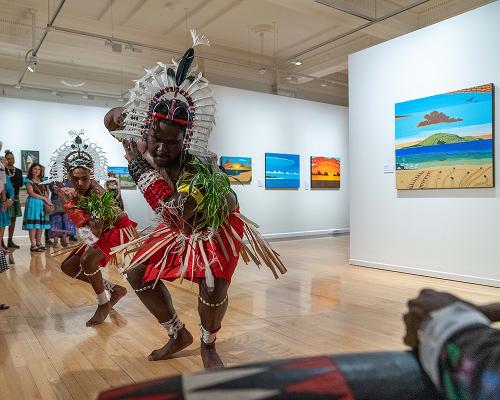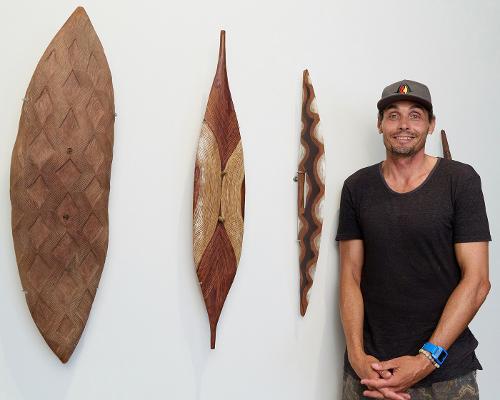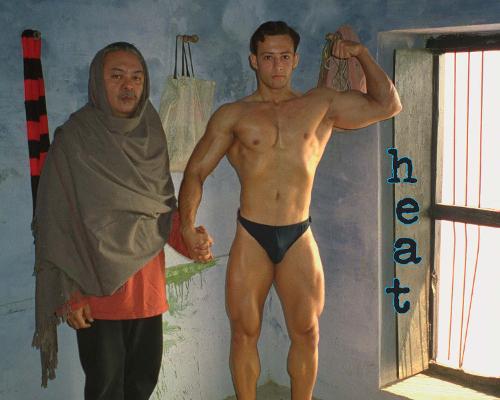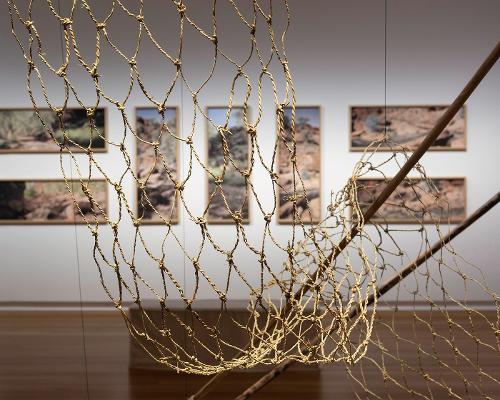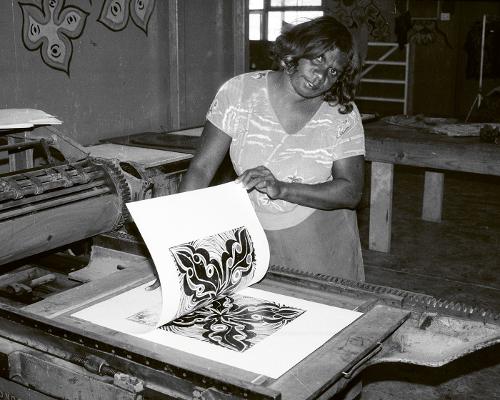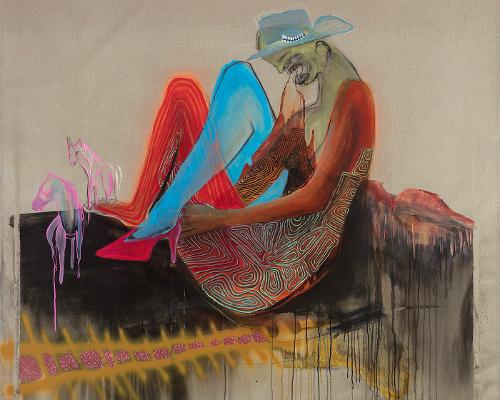Ngurra Bayala (Country speaks) in the Blue Mountains
The Blue Mountains Cultural Centre (BMCC) has a long relationship with artist, educator and curator Leanne Tobin. She has been part of the art scene in the Blue Mountains prior to the Cultural Centre opening in 2012, and Rilka Oakley, Artistic Program Leader, and the BMCC team have worked with her on multiple projects as both an artist and curator. When the idea of working with the National Gallery of Australia’s (NGA) Sharing the National Collection initiative was put forward, alongside bringing First Nations video works into the World Heritage Interpretive Centre at BMCC, Tobin was invited to co-curate the project. She knows the Blue Mountains community and its First Nations artists; she understands First Nations practice at a local and national level and has personal connections with the artists selected...

